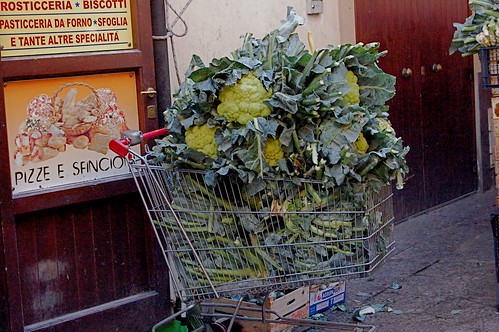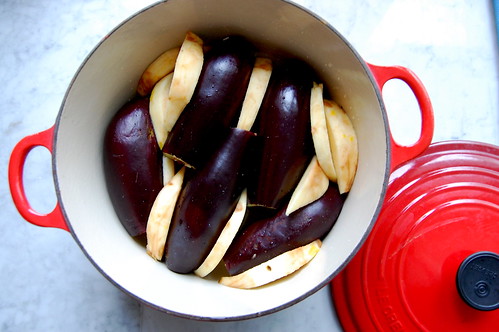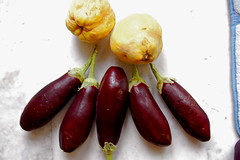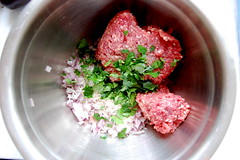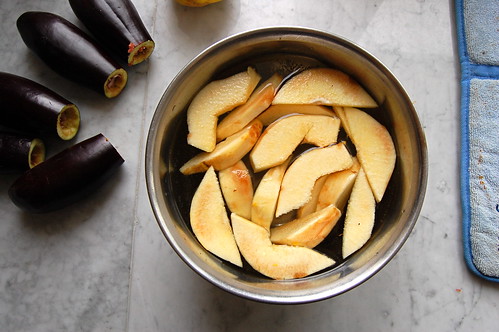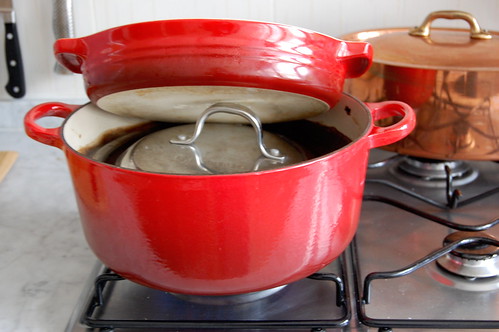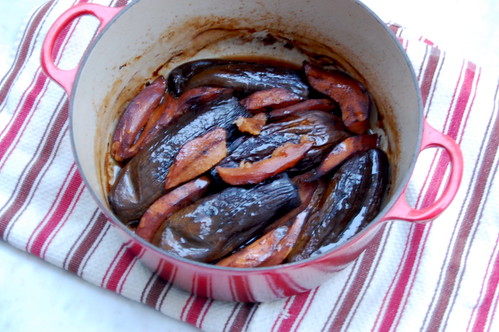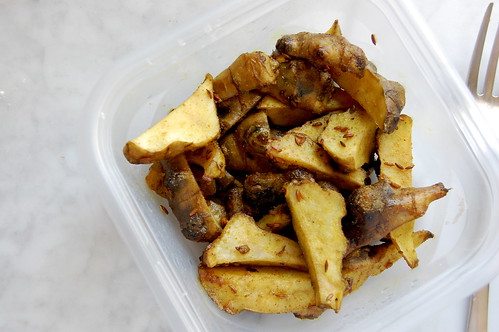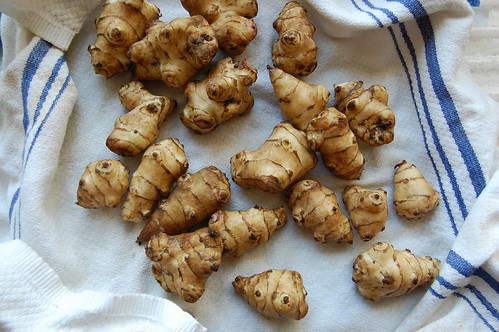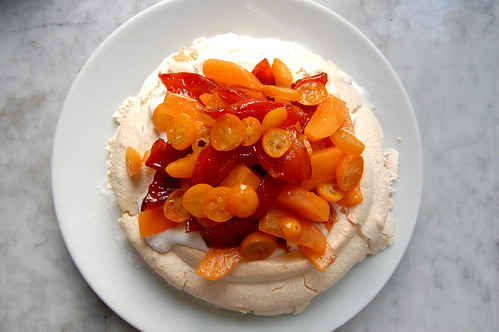
I tried to make a pavlova once long ago, and failed miserably. It is a dessert constructed of large meringues, topped with whipped cream and lots of fruit. They are lovely, refreshingly light and with crispy edges and a gooey marshmallow center. Recently, I saw a recipe for online for a Sultan's pavlova and, smitten, decided to try again.
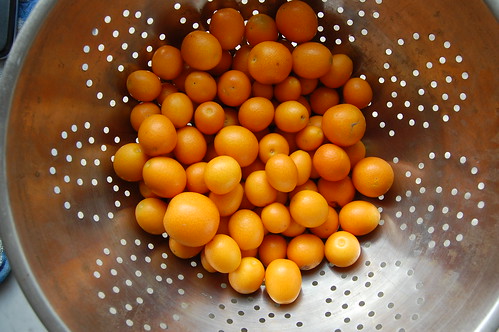
Sultan's pavlova, it is amusing that I was so swayed by the title alone. It smacks of orientalism, that thing we, us Middle-East enthusiasts, are taught to disdain. In the academic world where the Middle East and post-colonial studies collide, professors frown dismayingly over those European images of a romanticized Middle East. The 19th century rage that captivated westerners with tales of harems and snake charmers and pyramids coincided with Napoleon's take over of Egypt and cruel studies assessing head circumference and lesser intelligence. The beautiful Alma-Tadema's and Delacroix's were constructed under a back drop of colonialism and conquering. How we view the Orient, the Arab world, the Middle East, the Levant, is inherently tied up in a dialogue of subjugation.
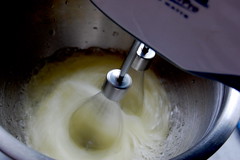
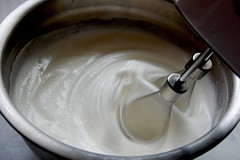
But of course, the same is true of many foreign cultures, and it's possible we've become over sensitized to the issue. I still cringe when I hear expats around Algiers unquestionably praise the Battle of Algiers - a masterpiece of cinema for sure but also one that must viewed in a larger context oh how the capital-W west conjures "Arabness." At the same time, it is those very images, the Orientalist paintings, the old daguerreotypes of the pyramids, the intricate carpets, that captivated me as a child. Academia can take the fun out of things, and I see no reason why we shouldn't all be swayed by a little Sultan's pavlova action.
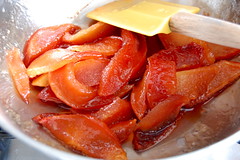
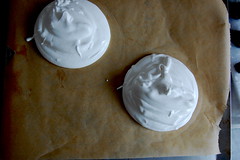
I wanted to make the pavlova with seasonal fruit, and I thought candied quince would be a nice touch. Citrus wedges, persimmons, and kumquats round out the bunch. Because the meringue is quite sweet, a little tartness in the fruit is welcome. I would have liked to add pomegranates, but they are difficult to come by in Algeria and almost never properly ripened. Orange flower water in the whipped cream adds that Orientalist touch ;)
I promise, this blog is not going to go full out Edward Sa'id on you all. (Sorry, nerd reference!) However, if this interests you, I recommend the articles here, here, and here.
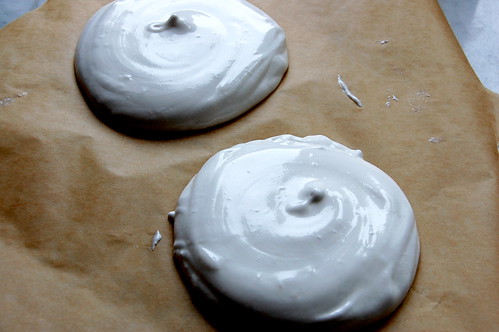
Orientalist Pavlova
I had always made my pavlova's with one layer of meringue before, but making a two or three layer pavlova was a total revelation -- it is so much better! You get this great kind of marshmallow-y chewiness, and the cream helps cut the sweetness of the meringue. That said, this is still quite a sweet dessert, but it is also very light and the perfect finish to an elegant meal. The candied quince here is the classic Syrian recipe for helou sfarjal.
Meringues:
8 large egg whites
1 teaspoon cream of tartar
2 cups sugar (superfine if available)
zest of 1 lemon
1 teaspoon vanilla extract
Whipped cream:
1 cup heavy cream
1 teaspoon honey
1-2 drops orange flower water
Topping:
2-3 clementines, peeled and sliced into rounds
1 firm-ripe persimmon, peeled and cut into wedges
4-6 wedges candied quince, from below
4-5 kumquats, sliced and any seeds discarded
Pomegranate arils for topping, if available
Small mint leaves for garnish, optional
Make meringues:
1. Preheat oven to 220º C (approx 420˚F). Place a sheet of baking paper on two large baking trays and draw two 10-inch circles, or four 6-inch circles on your paper.
2. Separate your eggs making sure not to contaminate the egg whites with any egg yolk. Beat your egg whites until they are stiff, then add your sugar slowly, one tablespoon at a time, and beat until stiff peaks form. Add the lemon and vanilla.
3. Shape the meringue into the two or four rounds on the baking paper/trays. Smooth out the tops so there is a little valley or basin in which you will put your whipped cream. Place meringues into oven and immediately turn temperature down to 120˚C (250˚F). Bake for 70-75 minutes. If they start to brown too quickly lower the temperature 25 degrees. (Our oven is very small, so it took slightly less time to bake the meringues -- the meringues should be firm but should not brown). After 70 minutes, turn off the oven, prop the oven door open a crack with a dish towel, and let the meringues cool completely in the oven. This is very important! Do not take the meringues out before they are fully cooled!
Whip cream:
1. Using a chilled metal bowl, beat the heavy cream until stiff peaks form. Fold in the honey and orange flower water.
Assemble pavlova:
1. Place 1 meringue disk on a serving dish. Add half the whipped cream to cover. Top with the second meringue dish. Mound more heavy cream on top of the meringue (you don't want the cream to overflow, so you may not use all of it. Your meringues may crack a little but that's okay.) Pile the fruit artfully on top of the pavlova. Scatter with mint and pomegranate if using. Let the pavlova sit for at least an hour or two before serving -- that way the cream and meringue meld into each other and form a big marshmallow-y cohesion.
Candied Quince
1 large quince, cored, peeled, sliced into wedges
1 1/4 cups sugar
1. In a medium saucepan, cover quinces with sugar and cook over medium-low heat. The sugar will melt and liquefy.
2. When mixture bubbles, reduce heat to low and simmer, stirring occasionally, for 1 hour, or until quinces are thoroughly coated with a thick, gooey syrup and have turned a dark and rosy color.



